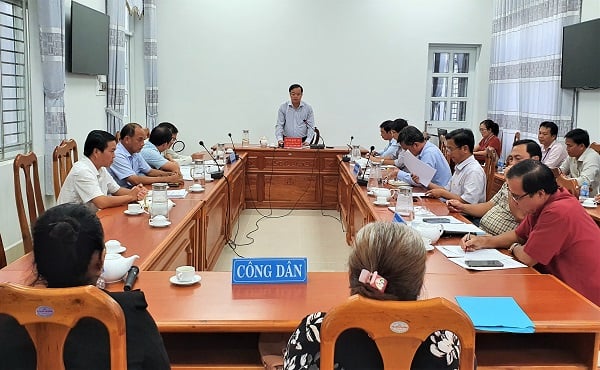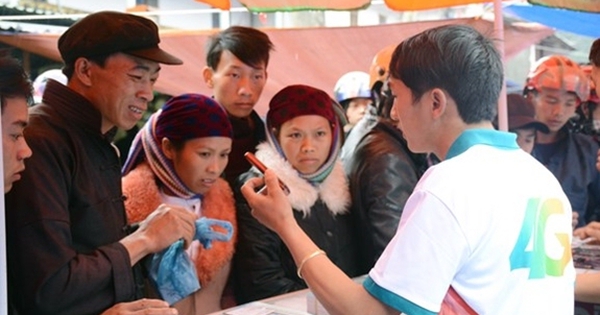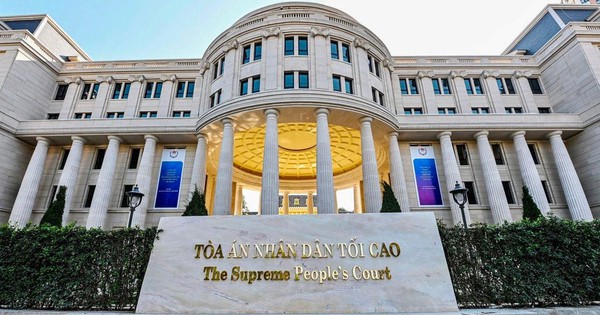5 threat categories in preparation and responses to radiological and nuclear emergencies in Vietnam
On June 30, 2023, the Minister of Science and Technology of Vietnam promulgated Circular 12/2023/TT-BKHCN stipulating the preparation and responses to radiological and nuclear emergencies and approval of plans for responses to radiological and nuclear emergencies
5 threat categories in preparation and responses to radiological and nuclear emergencies in Vietnam
- Category I threat:
Category I threat consists of facilities where incidents that occur within the facility (including incidents with very low probability) have the potential to cause deterministic effects that seriously affect public health outside the facility.
Typical facilities in Category I threat:
+ Reactors with a capacity of 100 MW (th) or greater (energy reactors, nuclear-powered ships, and research reactors).
+ Spent fuel pools capable of containing burnt fuel rods with total activity levels exceeding 10^17 Bq Cs-137 (equivalent to the capacity of the core of a 3000 MW (th) reactor).
+ Facilities storing radioactive materials that could disperse and cause serious deterministic effects outside the area.
- Category II threat:
Category II threat consists of facilities where incidents occurring within the facility have the potential to increase doses to the public outside the facility and require emergency protective actions according to national or international standards. Category II threat does not include facilities in Category I threat.
Typical facilities in Category II threat:
+ Reactors with a capacity from 2 MW (th) to 100 MW (th).
+ Spent fuel pools requiring cooling operations.
+ Facilities that could lose control within a 0.5 km radius from the outer boundary of the facility area.
+ Facilities storing radioactive materials that could disperse and cause doses requiring emergency protective actions outside the area.
- Category III threat:
Category III threat consists of facilities where incidents occurring within the facility have the potential to increase doses or contamination requiring emergency protective actions within the facility.
Typical facilities in Category III threat:
+ Facilities capable of causing an external direct radiation dose rate of 100 mGy/h or greater at 1m if shielding is lost.
+ Facilities that could lose control over an area of 0.5 km or more from the outer boundary of the facility area.
+ Reactors with a capacity of 2 MW (th) or less.
+ Facilities storing radioactive materials that could disperse and cause doses requiring emergency protective actions within the facility's area.
- Category IV threat:
Category IV threat includes activities and actions that could cause radiation or nuclear incidents requiring protective actions in any area.
Category IV threat may include:
+ Radiation work activities licensed for radiation operations;
+ Unauthorized activities such as illegal trade, illegal storage of radioactive sources, sabotage, terrorism;
+ Uncontrolled radioactive sources;
+ Detection of increased radiation levels from an unknown source or contaminated goods;
+ Determination of clinical symptoms caused by radiation exposure;
+ Cross-border incidents not categorized in Category V threat arising from a radiation or nuclear incident in another country.
- Category V threat:
Category V threat consists of areas within the zones and areas prepared for incident response (PAZ, UPZ, EPD, ICPD) of a country for a facility in Category I threat or II of another country.
Circular 12/2023/TT-BKHCN takes effect in Vietnam from August 18, 2023, and replaces Circular 25/2014/TT-BKHCN.
- Amendments to regulations on the salary scale of the court sector and the position allowance coefficient in Vietnam
- Supreme People's Court of Vietnam reduces to 10 departments, divisions, and equivalent units in Vietnam from February 10, 2025
- Promulgation of the standards for assessing the quality of training programs at different levels of higher education in Vietnam from April 4, 2025
- New features in the structure of the Government of Vietnam from March 1, 2025
- Guidance on the main contents of the contract for providing auxiliary services for the electrical system in Vietnam
- Procedures for high school admission in Vietnam
-

- Resolution 190: Guidance on citizen reception ...
- 09:00, 22/02/2025
-

- Provisions on naming and use of seals after the ...
- 08:00, 22/02/2025
-

- Supreme People's Court of Vietnam will conducting ...
- 17:00, 21/02/2025
-

- Provision of public information services to support ...
- 16:30, 21/02/2025
-

- Supreme People's Court of Vietnam reduces to 10 ...
- 16:23, 21/02/2025
-

- Resolution 190: Guidance on citizen reception ...
- 09:00, 22/02/2025
-

- Provisions on naming and use of seals after the ...
- 08:00, 22/02/2025
-

- Continue to implement regulations related to the ...
- 17:30, 21/02/2025
-

- Amendments to regulations on the salary scale ...
- 17:30, 21/02/2025
-

- Supreme People's Court of Vietnam will conducting ...
- 17:00, 21/02/2025

 Article table of contents
Article table of contents
